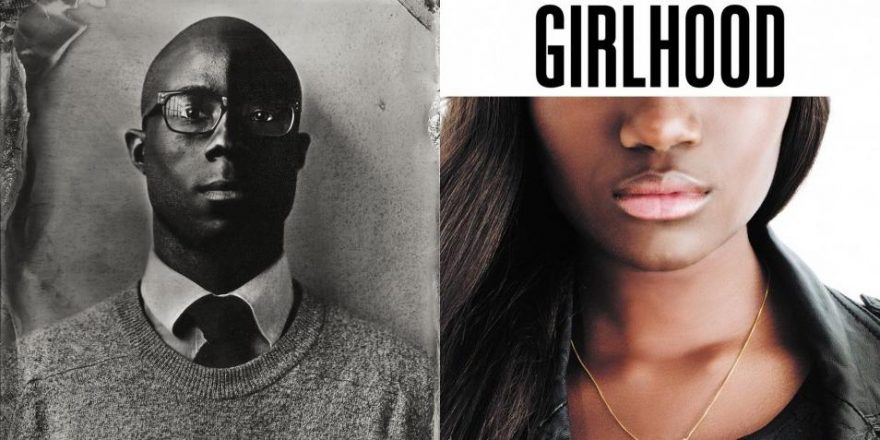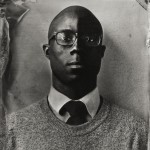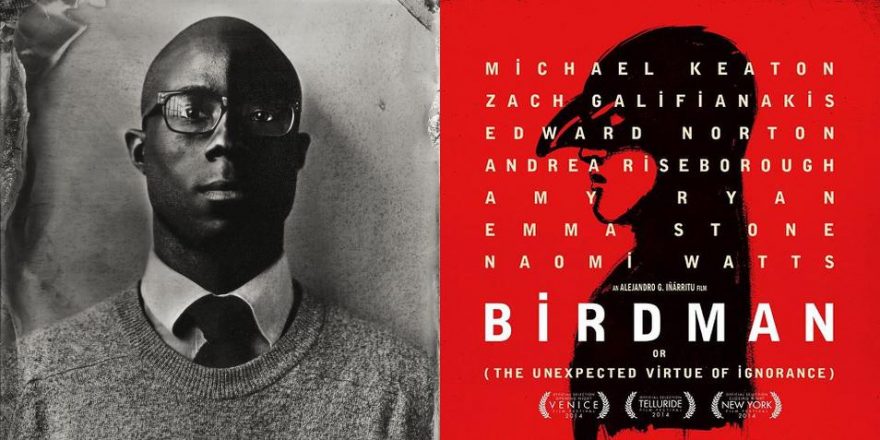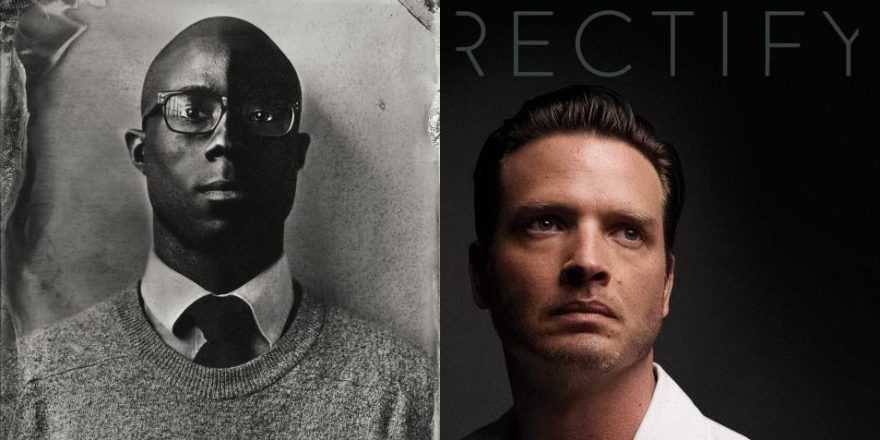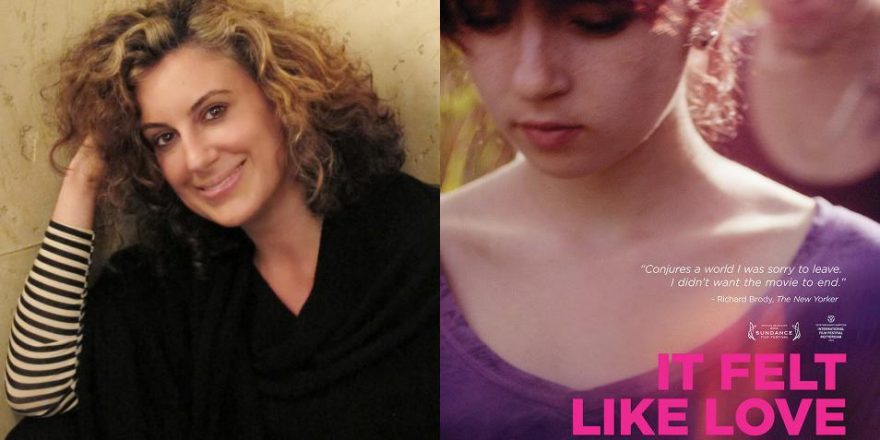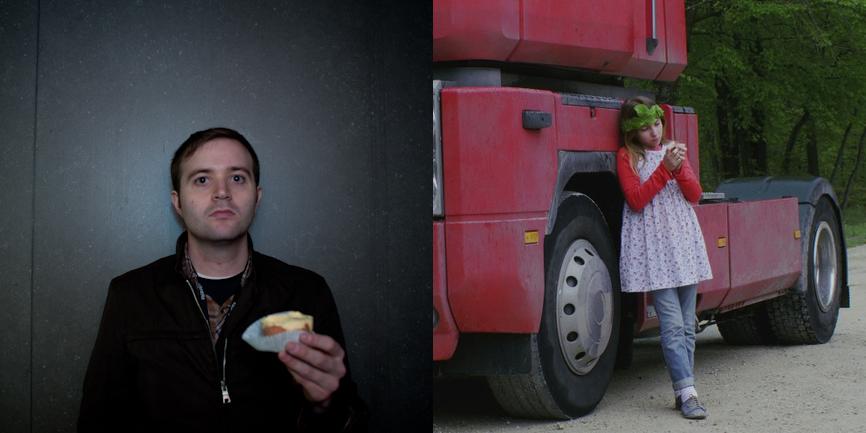“I’ve never experienced the world as a black woman, so I’m only getting a fraction of the power in Girlhood. And yet… even at a fraction, there are moments in this film that make your heart swell to the point of bursting. In this film, four black girls sing at the top of their lungs “We’re beautiful like diamonds in the sky,” with nary a male in sight. It’s a sublime film — SUBLIME — composed of images that speak at once frankly and with nuance. A supreme work of art. And I’m going to tell any black girl I know to seek it out without delay.”
These were my thoughts in the immediate aftermath of viewing Céline Sciamma’s Girlhood at the 2014 AFI Film Festival. Strung together 140 characters at a time, they fail to convey the buzz and clatter the film left in my chest as I stumbled out of the screening. Consider this a welcome attempt to re-conjure that feeling. And in doing so, I’m going to state upfront the call to action I would normally reserve for last: if there’s a teenage girl in your life — of any race, whether sister, cousin, daughter, friend, whomever — you would be wise to show her this film. If there’s a black teenage girl in your life? You would be mistaken, you would be borderline negligent, not to show her this film.
It’s rare that I use the word, but Girlhood is an important work of art.
The film: Set in the working class (and majority black) Parisian suburbs of Bagnolet and Bobigny, Girlhood is the story of Marieme (Karidja Touré), a teenage girl struggling both at school and at home. On the home front, a mother working day and night leaves Marieme to care for her younger sister while avoiding the domineering presence of her brother. At school, Marieme is too preoccupied with living to ever apply herself. When poor, homely Marieme comes across a trio of self-described “bad bitches,” she joins the group of cool girls and begins a journey of self-discovery typical of the coming-of-age genre.
Except nothing is typical in Sciamma’s vision. The world of Bagnolet and Bobigny is overrun with passive male aggression. Walking the concrete slab of project towers, the girls of Girlhood are under the constant watch of boys who seem incapable of looking anywhere but down upon them. At home, Marieme is viscerally fearful of corporal punishment from her menacing brother. And yet, beyond, between and, most spiritedly, within this world, the girls create an entire universe of their own, absent the male gaze.
The central set-piece of Marieme’s coming-of-age involves a series of street fights. In moments of pure violence, packs of girls meet in a gravel lot and wage hand-to-hand to combat to determine who runs shit. Predictably, Marieme’s trajectory is propelled by the experience but as with everything in this impeccable film, the details of that propulsion are the thing. Girls and boys (though mostly girls) circle and cheer on the bloodlust, recording the bouts for immediate upload. The pummeling is swift and true — the sound of bone on bone, images of girls physically subduing girls — yet the climax of said pummeling is psychological, an act that implicitly states the true nature of power in its most insidious form. That it’s presented minus male influence imbues it with an otherworldly weight. I can’t recall seeing anything quite like it.
And seeing is Sciamma’s primary weapon here. Her aesthetic is the epitome of show over tell. Bathed in the persistent presence of blue hues, the film sets itself firmly in Marieme’s perspective and never wavers. From the production design to the mise-en-scène, Sciamma expresses her protagonist’s shifting moods in sound and image. And while her camera glides often and the frame rate pitches regularly, nothing in this film feels unreal. On the contrary, it’s a fantastic take on a world predominantly rendered through a neorealist prism (La Haine, A Prophet), a way of seeing that, to be brutally honest and humble, feels it could only arise from the female gaze.
Imagery: In an open courtyard, Sciamma (and her cinematographer Crystel Fournier — again, the female gaze) draw back on a 100 mm lens and glide across a procession of faces that spans the many beautiful hues of colored girls. There is nothing narrative about this moment; people of the fairest color are reduced to shapes swallowed in focal aberration. In form and pacing, it’s an intercalary chapter, scored to driving synths, that mirrors the stylings of Sofia Coppola… save those gloriously colored faces. And when the inescapable blossoming of sexual urges arrives, it does so in Marieme’s gaze; literally in Marieme’s gaze, with the kind of curiosity, thoughtfulness and power we’ve reserved exclusively for teenage boys and erased from girls in large and small media.
And then there’s Rihanna. I will never forgive Céline Sciamma for making Rihanna sound so beautiful. That’s not a slight to RiRi so much as an indictment of my own envy and a testament to the power of cinema. You should see this entire film, unquestionably. But if you can’t for financial reasons or are on the fence, find this sequence and marvel at its clarity. There are filmmakers with decades of material who’ve never achieved a sequence as crystalized as this. In the pantheon of imagery chronicling the lives of black girls, I’m hard pressed to think of anything that sublimates the lived experience as evocatively as Ms. Sciamma and her team of bad-ass women do here. And while other examples of such artistry surely exist, this one will be in a theater near you on January 30th. Again, I implore you.
This movie has a 6.6 rating on IMDb. It was not France’s submission to the Academy for Best Foreign Language Film (Saint Laurent was, because…) and it will not be seen or talked about as much as Boyhood (which I’m not slighting) because it’s French (sure) and it’s brown (I said it). But I could give a damn about any of that: this is the best film I saw in 2014 and it will be the best thing you could possibly show to a teenage girl of any race in 2015. But even more to the point — a point worth stating, that I would be remiss not to state — for young black girls, it will be a mirror as necessary and fulfilling as the air only they breathe. And while I could go on and on about why that is, I think it best to reserve that thought for the film’s creator, a woman barely older than me and whom, at this juncture, I find incredibly inspiring:
We so rarely see these types of characters on the big screen. One of the central ideas of my filmmaking and this project is to show faces and bodies that we never see on screen. Generally when these types of personalities are represented on screen, it’s not to focus on the character but more a kind of grand gesture showcasing them as part of a certain diversity. This movie isn’t about diversity, but exclusiveness: The male and female actors are exclusively colored.
— Céline Sciamma
The emphasis is mine. Much respect, Ms. Sciamma. Much respect.


